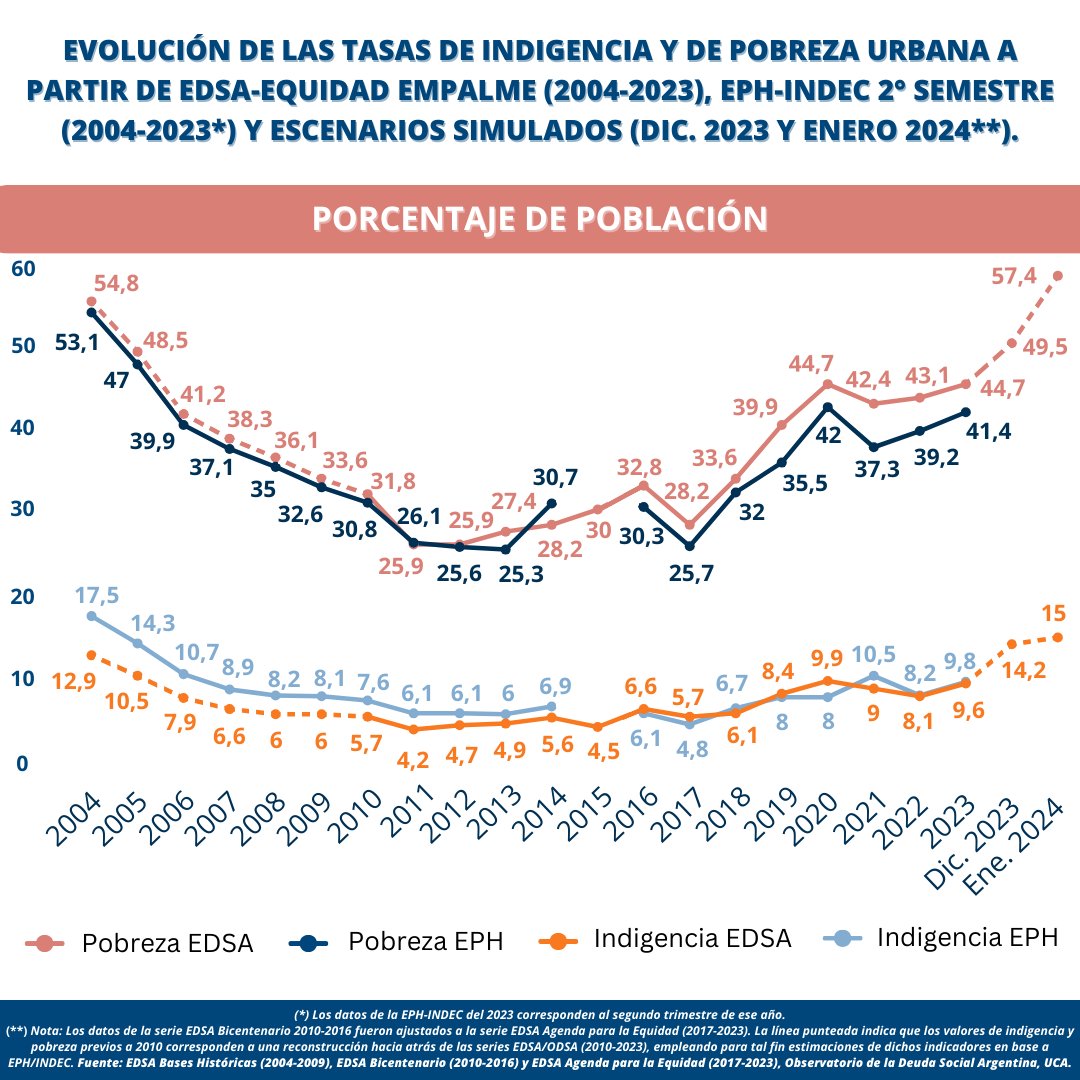3/20/2024 - politics-and-society
Attack the problem, not the solution
By Alejo Lasala
Do you want to validate this article?
By validating, you are certifying that the published information is correct, helping us fight against misinformation.

Alejo Lasala
I am a Political Science student at UCA and a quality analyst in the Government of the City of Buenos Aires.
Total Views: 4

Comments